The BMW E34 M5 is an icon defined by a distinct change in its engine’s personality around 4,000 RPM. You can absolutely feel the moment the cams switch over. There isn’t a VTEC sticker or some digital graph to tell you what’s happening, just a tangible shift where the S38 inline-six stops being a civilized sedan engine and becomes something else entirely. The induction noise from the six individual throttle bodies morphs from a low hum to a sharp, metallic howl that seems to originate inside your own head. This is the moment you understand the car. This is when you get it.
This machine is the last of a breed. It was the final M5 hand-assembled at the M GmbH facility in Garching, and the last one powered by an engine with a direct lineage to a Le Mans-winning race car. Outsiders see a handsome, slightly old-school German sedan. But people who have actually driven one know it’s a four-door tribute to analog motorsport.
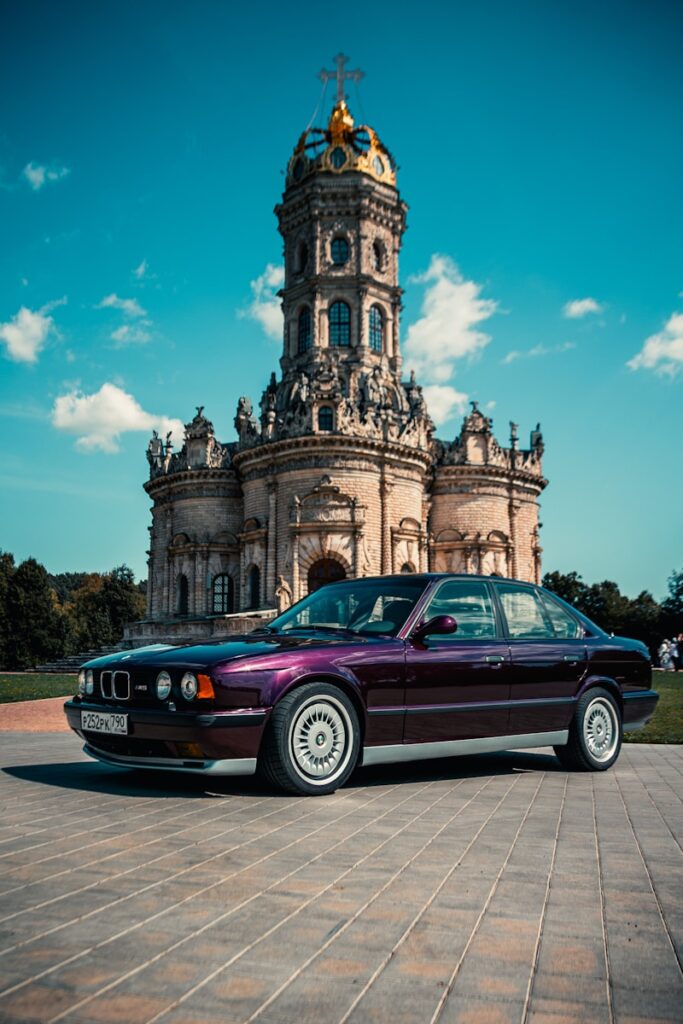
…And honestly, that is the entire point of the car, and the reason we’re all still arguing about them on forums in the middle of the night. These arguments aren’t just about specs or which version is “better.” They’re about what the car represents. It’s a debate over a feeling, a specific kind of mechanical interaction that has all but vanished from modern performance cars. People are passionate because the E34 M5 triggers a passion for driving that’s raw and unfiltered. Sure, it’s not the fastest thing on the road anymore, but it’s one of the most engaging cars ever built, and that’s a much more interesting conversation to have. That’s why those forum threads from 2008 are still active.
Quick Links
Your E34 M5 Cheat Sheet
- Its heart and character: The S38 inline-six engine is a direct descendant of the M1’s powerplant. It delivers a sound and throttle response that today’s turbocharged engines just can’t touch.
- You will have suspension problems. The tricky EDC and SLS systems are not a question of if they will fail, but when. Plan on replacing them with standard coilovers from day one.
- A good chip tune is the best money you’ll spend. For around $500, it fixes the conservative factory programming, makes the throttle response way sharper, and lets the engine feel as eager as it was always meant to be.
- The great debate: 3.6-liter versus the 3.8-liter engine. The 3.6 is the choice for purists who love high revs, while the 3.8 provides more low-end grunt that makes it better for daily use. There’s no wrong answer here, just what you prefer.
- The market situation: Clean, well-maintained examples are finally getting the respect and high prices they deserve. Neglected cars, on the other hand, are just money pits pretending to be bargains.
- Why it’s still a benchmark: In an age of electric steering and fake engine sounds, the E34 M5 is a rolling reminder of what genuine mechanical feedback is supposed to feel like.
The Engineering Behind the Madness
You have to put yourself in the mindset of the late 1980s. M GmbH was still a pretty small, skunkworks-style outfit. They weren’t just taking a regular 5-Series and slapping on bigger brakes and a body kit. The E34 M5 was a legitimate coachbuilt car, put together by hand away from the main production line. A body-in-white would arrive from the Dingolfing plant, and then M technicians, often one person to a car, would begin the build.
The core of the entire project is the S38 engine. This isn’t just a tuned-up version of a standard BMW motor.
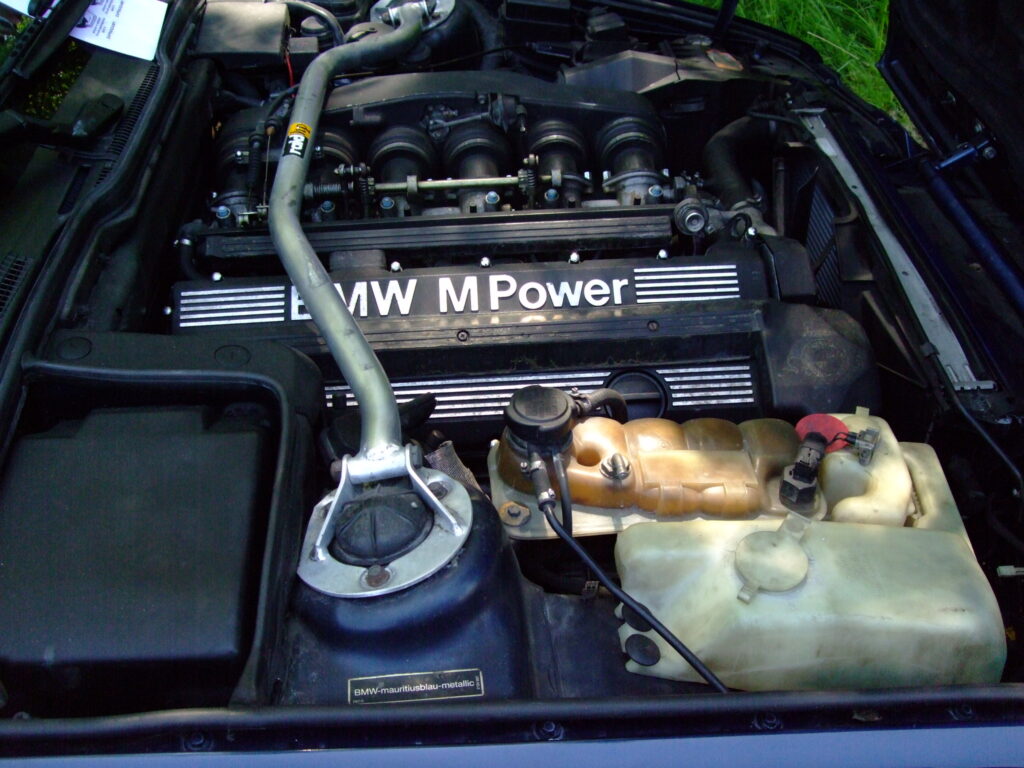
The S38B36 is the ultimate form of the M88/3 engine that gave the legendary M1 its power. It’s a 24-valve, dual-overhead-cam inline-six with a strong cast-iron block and an aluminum head. Each cylinder has its own individual butterfly-valve throttle body, fed by those gorgeous velocity stacks you see when you pop the hood. The whole rotating assembly was balanced to a wild degree, letting it scream to its 7,250 RPM redline without a fuss.
Dropping this engine into a 3,800-pound executive sedan was, frankly, a wild move. It was an act of pure engineering passion. A flex. It was M showing Mercedes and Audi what a real “Motorsport” division could pull off. They didn’t build it because a marketing team told them to, they built it because they could.
And that’s why it feels the way it does. Nothing is faked. The vibrations, the noises, the instant and linear kick from your right foot, it’s all just physics happening in a beautifully arranged sequence.
The Civil War: 3.6 Liters of Fury vs. 3.8 Liters of Torque
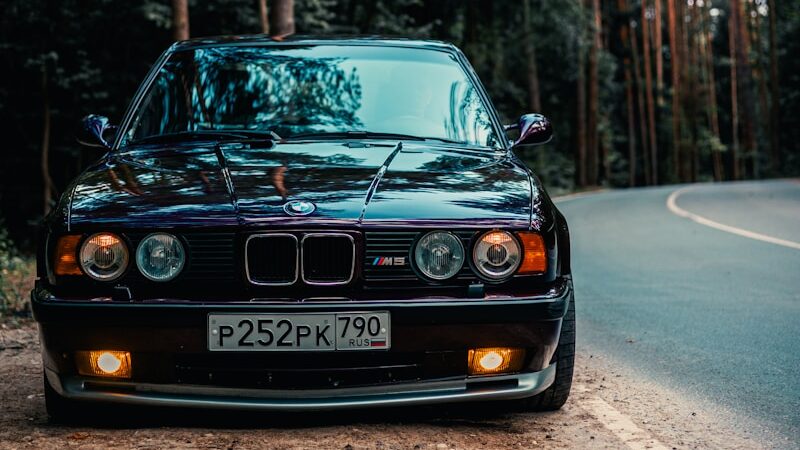
This is the one. This is the argument that will outlive us all. When the car was updated for the 1992 model year for the European market, the debate kicked off. North America, by the way, only ever got the 3.6-liter.
The 3.6-liter S38B36 is the original recipe. At 3,535cc, it made 311 horsepower in its US-spec form and has a personality that absolutely demands to be revved hard. It feels frantic and energetic, and closer in its nature to the M1 race engine. This is the engine for the driver who sees a tunnel and immediately drops two gears. It’s just what you do.
Then you have the 3.8-liter S38B38. Bored and stroked out to 3,795cc, power climbed to 335 horsepower and torque got a nice bump from 266 lb-ft to 295 lb-ft. This version also got a more modern distributorless ignition system and other small improvements. This engine is the muscle. The extra displacement gives it a strength in the mid-range the 3.6 just doesn’t have, making it a more relaxed car for daily driving or high-speed autobahn blasts.
The forums will tell you the 3.6 is “purer” and the 3.8 is “lazier.” They’re not wrong, but they’re not totally right either. The 3.6 feels more special right at the redline, while the 3.8 feels stronger almost everywhere else.
Wait, I should mention the gearboxes, because that adds another layer. Early 3.8s used the same Getrag 280 5-speed, but in May 1994 they swapped to the Getrag 420G 6-speed. Most people assume the 6-speed is a straight performance upgrade, but the first five gears are almost identical to the 5-speed’s ratios. That sixth gear is just an overdrive for quieter highway cruising. A 6-speed car isn’t really “quicker,” just more long-legged.
My money? I’d take a late-model 3.6. It feels like the most focused version of the original idea. But I wouldn’t say no to a 6-speed 3.8 Touring wagon, either.
That Thing Everyone Complains About: The Suspension
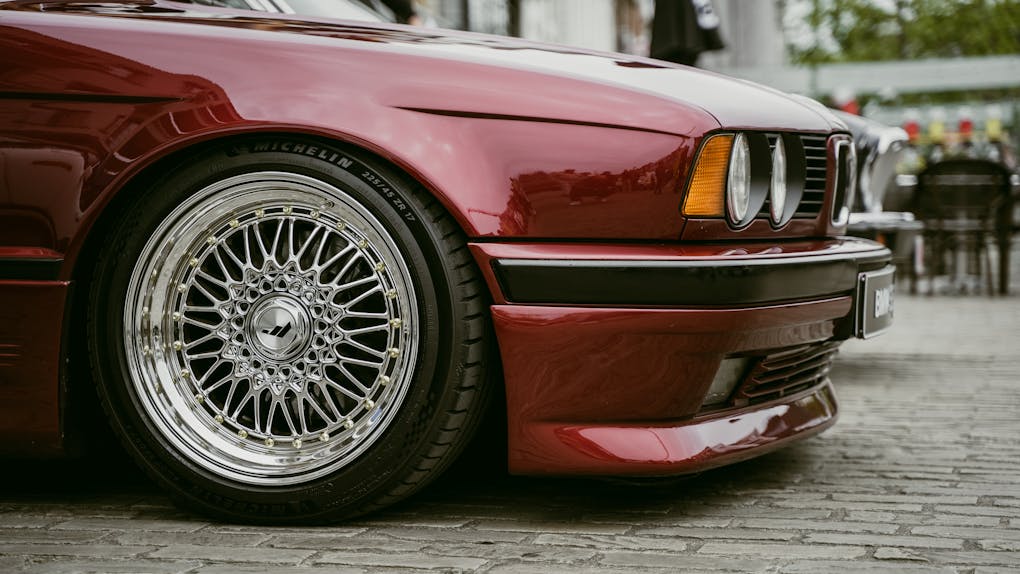
Let’s talk about the elephant in the room. The early cars had a clever, complex, and now widely feared suspension system that combined Electronic Damper Control (EDC) and a Self-Leveling Suspension (SLS) for the rear axle.
When it works, it’s pretty clever. You could fill the trunk with bricks and the SLS would use its hydraulic pump to keep the car perfectly level. The EDC gave you a “P” for comfort and “S” for sport setting, changing the car from a supple cruiser to a taut sports sedan with one button. For 1991, that was some futuristic stuff.
Here’s the thing: it’s not 1991 anymore. That tech is now over 30 years old.
The SLS system’s hydraulic accumulators, known in the community as “the bombs,” fail. The pump gives out. The lines start to leak. The EDC struts wear out. Replacing these parts with new BMW components is a financial nightmare. We’re talking a potential $5,000+ repair on a car that might be worth $25,000. It’s the single biggest point of failure and fear for anyone looking to buy an E34 M5.
The fix, the one everyone in the community agrees on, is a full delete. Rip it all out. You toss the pump, the lines, the bombs, and the special struts. Replace it all with a solid set of conventional coilovers from a good brand like Bilstein, KW, or H&R.
You lose the self-leveling feature and the in-cabin button, but what you get is reliability, predictable handling, and what many would argue is a better overall setup.
BMW E34 M5 Prices Right Now
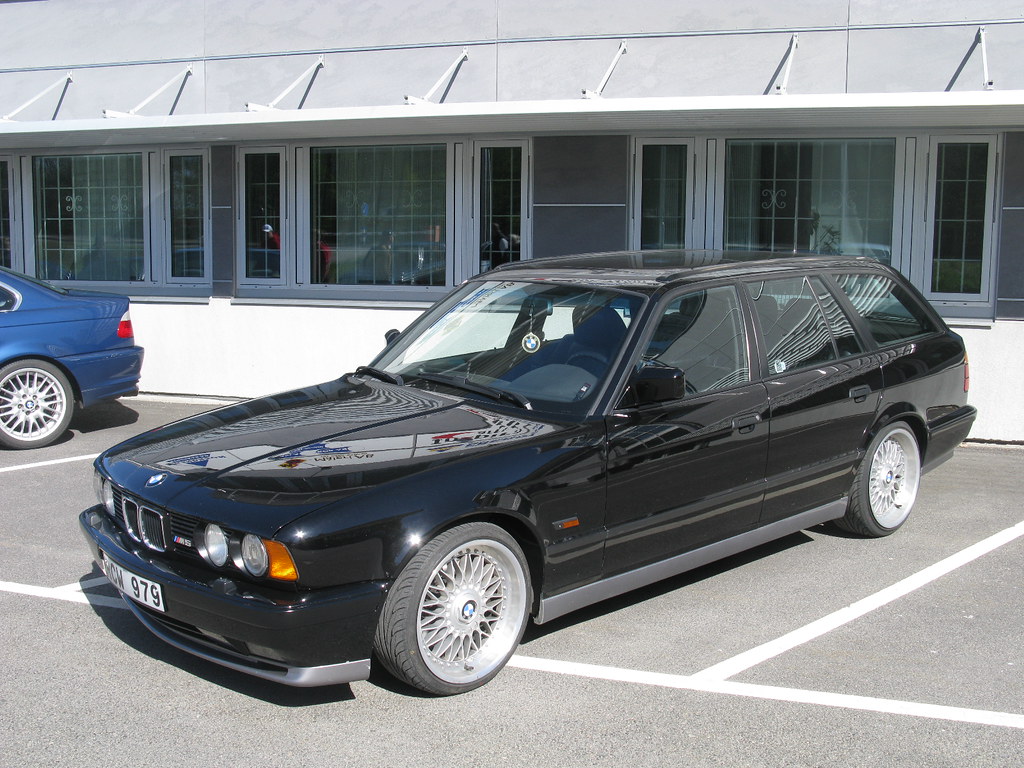
For a long, long time, the E34 M5 was the M car that sat in the shadows. The E30 M3 was the racing hero, and the E39 M5 was the V8-powered modern classic that everyone loved. The E34 was stuck in this weird middle ground, and prices showed it. You could find a decent driver for the price of a gently used Civic.
Those days are gone. Seriously.
The market has woken up to what this car is: the absolute peak of analog, hand-built M performance. What we have now is a totally fractured market. At the very top, you have the museum-quality, low-mileage cars on Bring a Trailer going for $80,000-$100,000, or even more for a rare color or the wagon version. These are now collector items.
Then you have the murky middle ground, from about $20,000 to $40,000. This is where you have to be super careful. A $25,000 car can look perfect in pictures but be hiding a decade of ignored maintenance. Remember that suspension? That’s just for starters. There are bushings, cooling systems… the checklist is long.
The best advice is always the same: buy the best car you can afford. A $35,000 car with a thick binder of service records is infinitely cheaper in the long run than the $22,000 car that “just needs a little work.” When you buy one of these, you are not really buying the car. You are buying the S38 engine and the previous owner’s maintenance habits. A healthy engine and a rust-free body are everything. A pre-purchase inspection by a real specialist isn’t just a good idea, it’s mandatory.
Because when you find a good one, a truly sorted E34 M5, there is nothing else like it. It’s a time machine to an era when “Motorsport” on the trunk was a serious promise, not a styling package. And it’s a promise this car still keeps.
